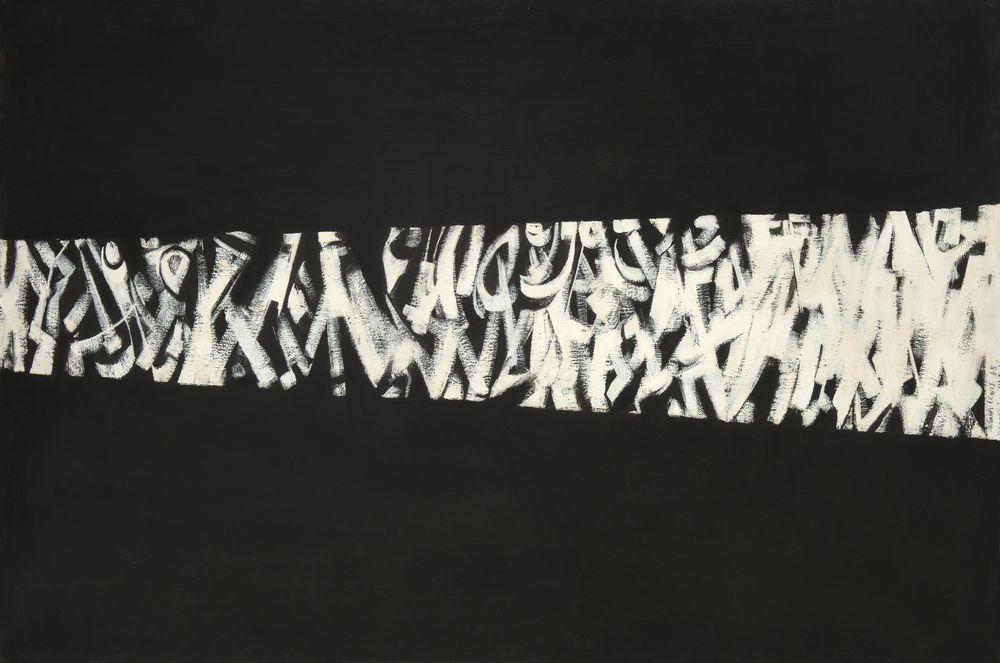Spiral Group: From Greenwich Village to the Brooklyn Museum
A recent visit to the powerful exhibit Soul of a Nation: Art in the Age of Black Power at the Brooklyn Museum surprised me with its deep Greenwich Village roots. The show begins in 1963, before the emergence of the Black Power Movement later in the decade, with work by members of the Spiral Group arts collective. This group of New York–based painters, which included Romare Bearden, Reginald Gammon, and Emma Amos among others, worked in diverse styles and explored the role of Black artists in the fight for civil rights. They regularly met at 147 Christopher Street.

The Spiral group was a collective of fifteen painters formed by Charles Alston, Romare Bearden, Norman Lewis, and Hale Woodruff. They were active as a group from July 1963 through the autumn of 1965. They first got together with the purpose of organizing a bus to take New York-based African-American artists to the March on Washington for Jobs and Freedom.

They kept meeting on a weekly basis in Bearden’s studio to discuss how their art might relate to current political goals and explore aesthetics that transcended categories of politics, beauty and race.

Some artists worked in figuration and others in abstraction, while others used multiple approaches. They organized only one group show, in Greenwich Village in 1965, the last year the group convened. The only organizing principle was that all works had to be exclusively in black-and-white—a poignant guideline if not constraint, then and now.

According to Black Art in America scholar Shantay Robinson, “But the show wasn’t reviewed by any publications, so there isn’t any record of the show. After the group show, the landlord wanted to raise the rent and the group couldn’t afford to pay for their meeting space, so Spiral disbanded in 1966.”
In the September 1966 issue of ARTnews, Jeanne Siegel published a roundtable among the members of Spiral, in which they discussed, as the magazine put it, “the contradictions facing them in modern America.” A summer 2011 exhibition Spiral: Perspectives on African-American Art Collective, at the Studio Museum in Harlem raised more awareness of this legendary group.
Although this form of the group was short-lived, the impact of this seminal African-American arts collective, some members of which were well into their careers, continued to spiral out from Greenwich Village across the decades.
The Soul of a Nation exhibition features more than 150 works of art in an impressive aesthetic range. It is on view at the Brooklyn Museum through February 3, 2019. While it starts in stark black and white, it ends in a blossoming kaleidoscope of color in the present day, elucidating the power and beauty of both extremes.
Check it out.

Wonderful blog post. Loved reading it.